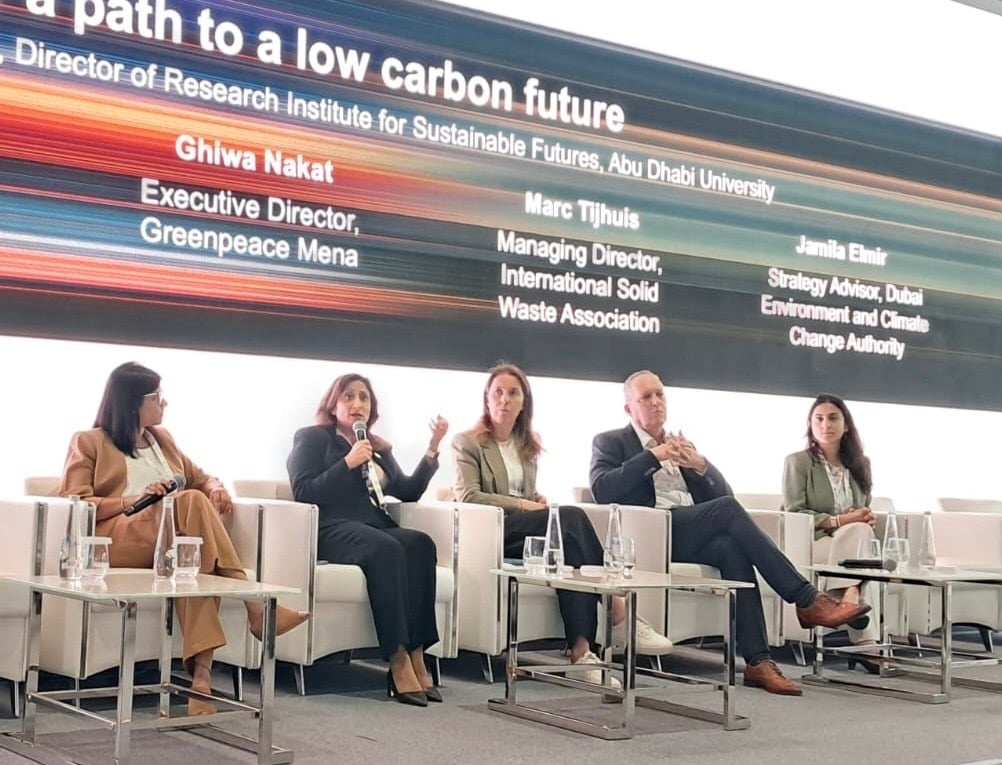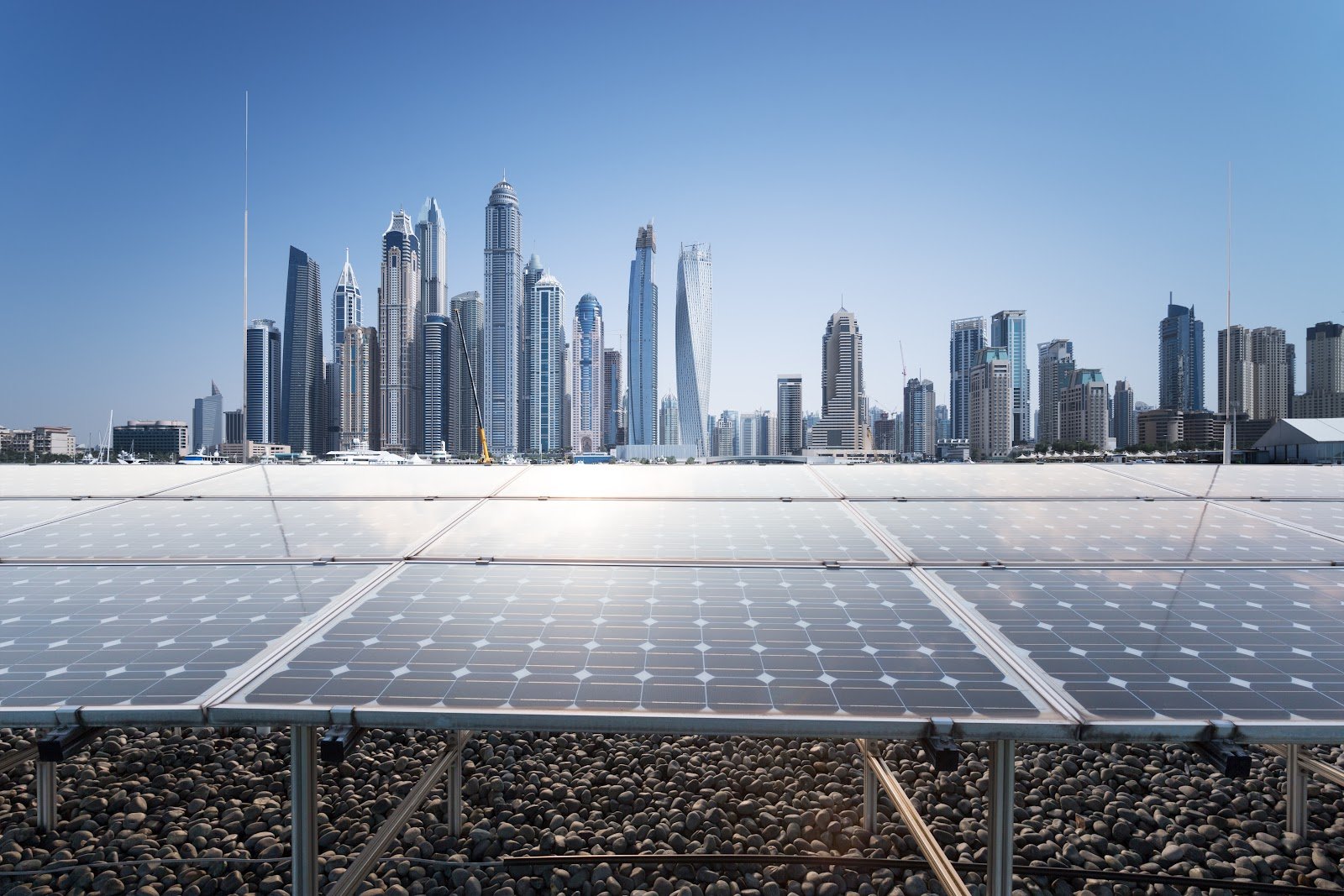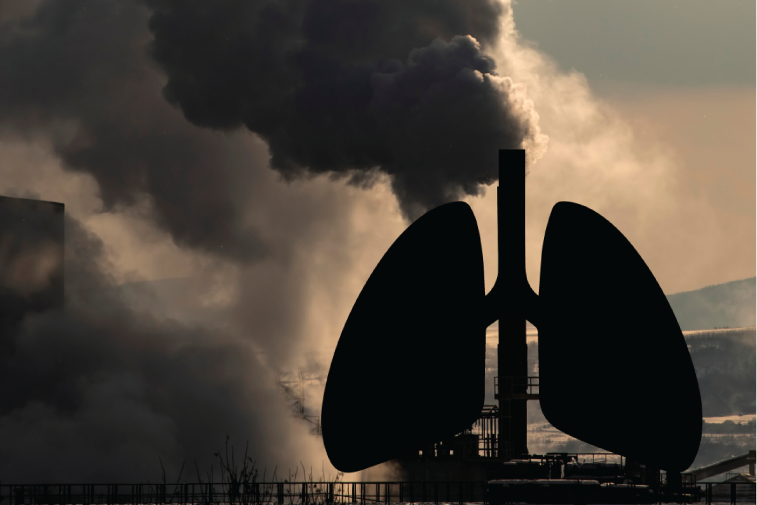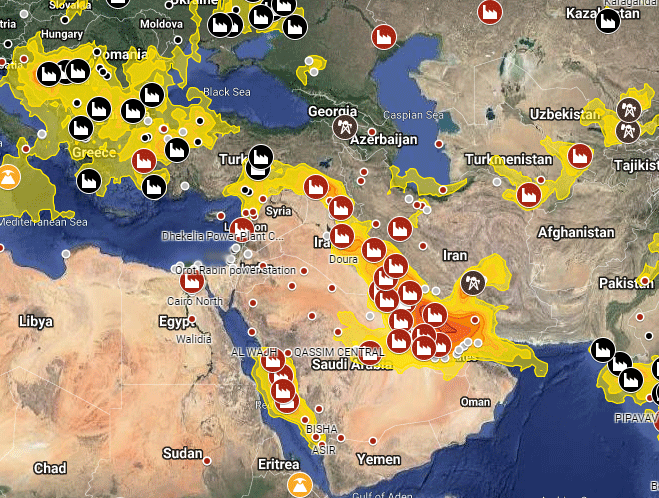
Greenpeace revealed today the results of a global analysis, using satellite data collected by NASA identifying the world’s worst sources of sulphur dioxide (SO2) pollution, an irritant gas known to affect human health and one of the main pollutants contributing to deaths from air pollution worldwide.
Julien Jreissati, Campaigner at Greenpeace MENA, said: “The analysis shows that in areas where fossil fuels are heavily used whether to generate energy or to run industrial facilities, there are large emissions of SO2. Saudi Arabia ranks 6th in the world’s largest SO2 emitters after India, Russia, China, Mexico and Iran.”
He continued:”Within 120 km of the Makkah province, one of the most populated provinces in Saudi Arabia, there are large clusters of SO2 emission sources including the plant “Rabigh, Shaiba and Jeddah”. Oil power plants and refineries in these locations emitted 59% of SO2 among Saudi Arabia’s total emissions in 2018. This high density of power plants is the reason why Makkah province has the 2nd highest anthropogenic SO2 emissions levels globally among states/provinces. ”
“Burning fossil fuel does not only put our planet at risk, but also put our collective health at risk because SO2 is a source of diseases”, Jreissati added. “Emission hotspot regions across the world owe it to their citizens to stop relying on fossil fuels and shift to safer, more sustainable sources of energy, while reducing the impact of existing polluting facilities by adopting stricter emission standards. Renewable energies, such as solar and wind, could save billions of dollars in health costs and thousands of lives every year.” stressed Jreissati.
Findings from the report includes:
- 6 middle eastern countries among the top 25 most polluting countries in the world. Saudi Arabia ranks as the first Arab country in SO2 emissions, and 6th globally, followed by the United Arab Emirates (14th), Qatar (15th), Kuwait (17th), Iraq (23rd) and Morocco (25th).
- At the states/provinces level, Krasnoyarsk in Russia has the highest anthropogenic SO2 emissions levels globally followed by the Makkah province in the Kingdom of Saudi Arabia, Mpumalanga province in South Africa, Bushehr in Iran and Tamil Nadu in India.
- Air pollutant emissions from power plants and other industries continue to increase in India, Saudi Arabia and Iran. In Russia, South Africa, Mexico and Turkey, emissions are currently not increasing but there is not a lot of progress in tackling them either. Transitioning towards cleaner air in these countries is stunted by a high reliance on coal and oil, weak emission standards and a lack of enforcement.
SO2 is one of the main contributors to human death and disease across the planet. Air pollution is a “public health emergency”, according to the World Health Organisation, with more than 90% of the world population exposed to toxic outdoor air. Air pollution is estimated to cause more than 7 million premature deaths across the world annually.
-END –
Notes:
There is an online interactive map of the world’s worst sources of SO2 pollution, which allows further exploration of emission hotspots across different regions.
The report here.
Contacts:
Communications lead, Greenpeace MENA
Dania Cherry
0096176069393
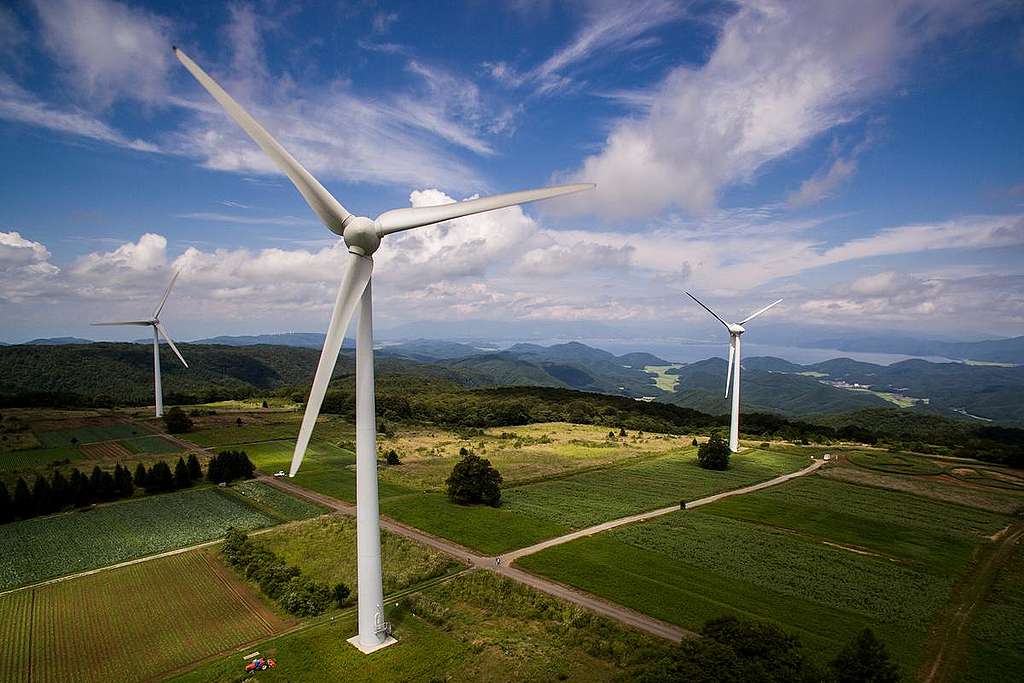
More than 90% of the world’s population suffers from toxic outdoor air. Air pollution is estimated to cause more than 7 million premature deaths worldwide each year.
Join Us
